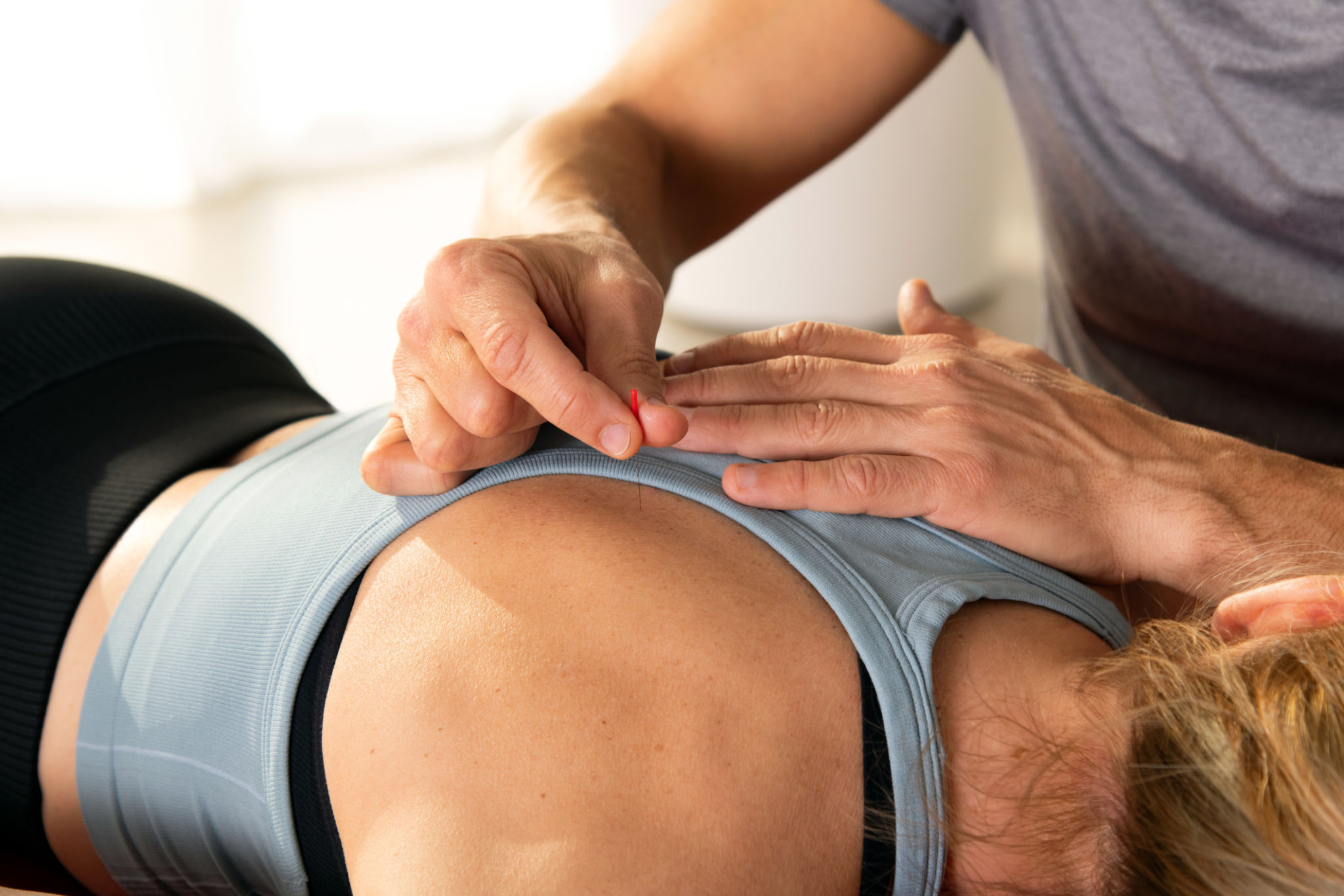Dry Needling vs. Traditional Acupuncture: Which is Right for You?
VN
Understanding Dry Needling and Traditional Acupuncture
When considering alternative therapies for pain relief and muscle tension, two popular options often come to mind: dry needling and traditional acupuncture. While both involve the insertion of needles into the skin, they differ significantly in their origins, techniques, and intended outcomes. Understanding these differences can help you decide which approach might be more suitable for your needs.

The Origins and Philosophy
Traditional acupuncture is deeply rooted in ancient Chinese medicine, with a history that spans thousands of years. It is based on the concept of balancing the body's energy flow or "Qi" through specific pathways known as meridians. Practitioners believe that illness and pain result from disruptions or imbalances in this energy flow.
On the other hand, dry needling is a more modern technique that has its roots in Western medicine. It focuses on relieving musculoskeletal pain by targeting specific trigger points in muscles. This method is often employed by physical therapists and chiropractors to treat muscular pain and dysfunction.
Techniques and Applications
In traditional acupuncture, practitioners insert thin needles into specific acupoints along the body's meridians. The goal is to restore the balance of Qi and promote natural healing processes. Acupuncture may be used to treat a wide range of conditions, from chronic pain to stress-related disorders.

Dry needling, however, involves inserting needles directly into trigger points or tight bands within muscles. The aim is to release muscle tension, improve blood flow, and reduce pain. This technique is often used for conditions like myofascial pain syndrome, sports injuries, and tension headaches.
Benefits and Considerations
Both dry needling and traditional acupuncture offer unique benefits, but it's essential to consider your specific needs and preferences when choosing between them. Acupuncture is often praised for its holistic approach, addressing not only physical symptoms but also emotional well-being. It is typically a more relaxing experience, with sessions lasting longer than dry needling treatments.

Conversely, dry needling can provide rapid relief for localized muscle pain and tension. It is usually more focused on immediate symptom relief rather than overall wellness. Some individuals may find dry needling sessions slightly uncomfortable due to the direct targeting of trigger points.
Choosing the Right Approach for You
When deciding between dry needling and traditional acupuncture, consider your primary health concerns and treatment goals. If you are seeking a comprehensive approach that addresses both physical and emotional aspects of health, acupuncture might be the better choice. However, if you are looking for targeted relief from specific muscle-related issues, dry needling could be more effective.
It's also crucial to consult with qualified practitioners who can assess your condition and recommend the most suitable treatment. Both methods require skilled professionals to ensure safety and effectiveness. Remember to discuss your medical history and any concerns you may have before beginning any treatment.
Final Thoughts
Ultimately, the decision between dry needling and traditional acupuncture comes down to personal preference and individual health needs. Both techniques offer potential benefits and can be valuable tools in managing pain and promoting overall well-being. By understanding their differences and consulting with experienced practitioners, you can make an informed choice that aligns with your health goals.
